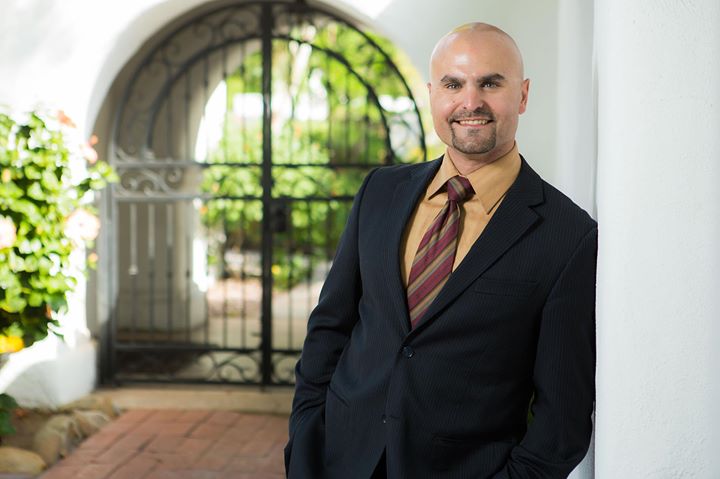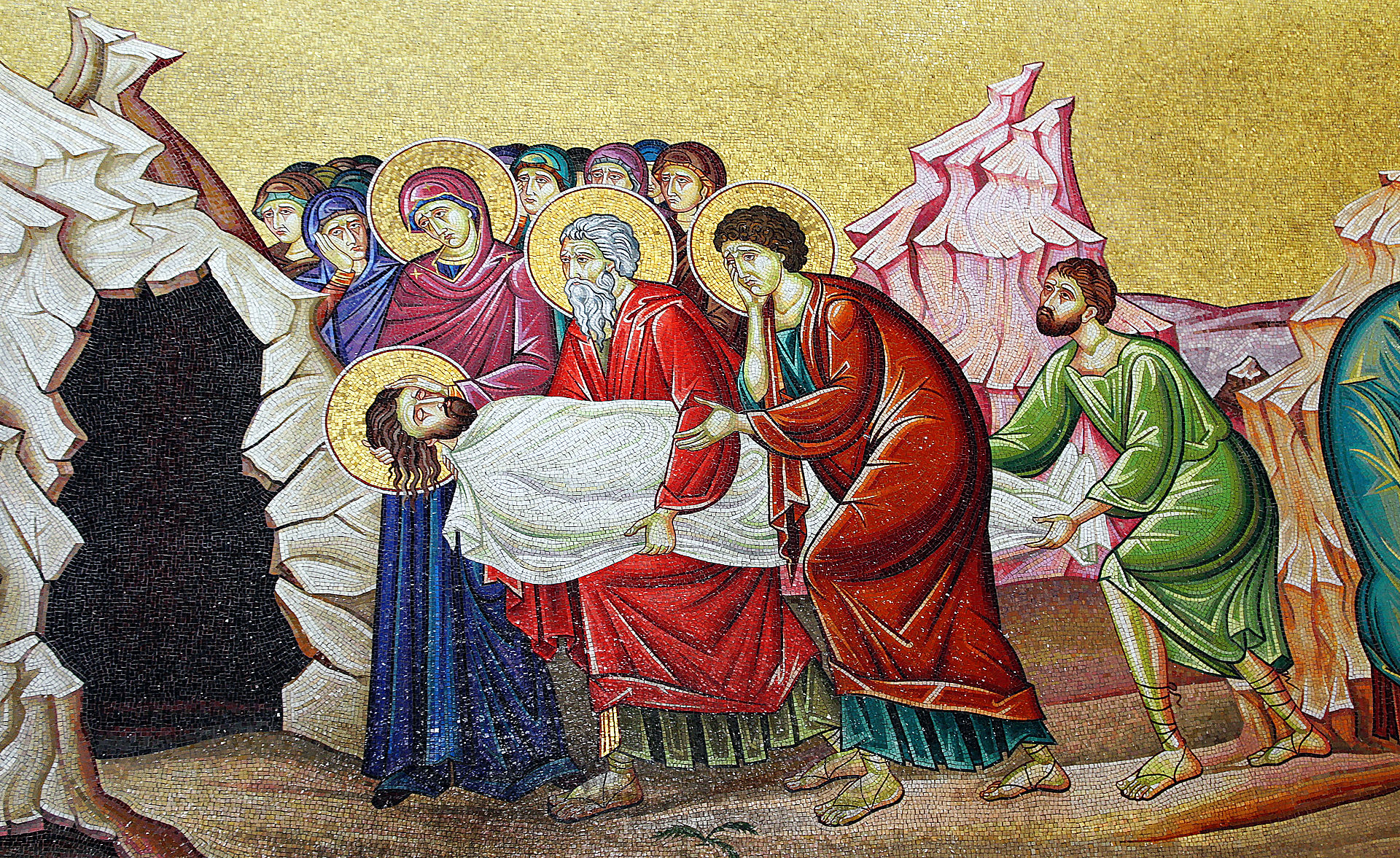
-by Eric Sammons
“”Do you have a personal relationship with Jesus?”
If you have ever moved in Evangelical Protestant circles, you’ve probably been asked this question. A fundamental presupposition of Evangelical theology is that each person is called to a “personal relationship” with Jesus, and it is this relationship that brings us salvation.
Driving this “personal relationship” theology is usually evangelization. Most Christians seem to believe that making Jesus more directly accessible makes him more likely to be followed. If we can present Jesus as relatable, the thinking goes, it’s more likely someone will have a relationship with Him.
In recent decades, “personal relationship” theology has crept subtly into Catholic circles. It can be found especially in Catholic youth ministries as well as apostolates directed toward college students. In Catholic circles, this “personal relationship” theology is augmented with the understanding that a relationship with Jesus comes primarily through the reception of the sacraments, particularly the Eucharist and penance.
What’s often not made explicit—and perhaps often not even realized by those who promote it—is that “personal relationship” theology portrays Jesus primarily as a friend. After all, one doesn’t usually have a personal relationship with a king or a ruler, or even with a teacher. We most commonly have personal relationships with equals.
But this image of Jesus as a friend is not based in Scripture nor does it follow time-tested methods of evangelization. In the Bible, Jesus is called “friend” once: in Matthew 11:19, Christ notes that people say he’s a “friend of tax collectors and sinners.”
In John 15:14, Christ tells the apostles, “You are my friends if you do what I command you” and says they are no longer servants but “friends.” And in Luke 12:4, he refers to the disciples as “my friends.” However, other than these few references, nowhere else is Jesus presented as a friend.
Note that the Gospels do not shy away from giving Jesus titles and names. In Matthew’s Gospel alone he is referred to as “carpenter’s son,” “King of the Jews,” “Lord of the Sabbath,” “Physician,” “Son of David,” and “Son of God,” among a host of other designations. Most of His titles are prophetic or kingly, and “friend” is notably absent.
St. Paul does not present Jesus as a “friend” either. Then how does Paul portray Jesus? The answer provides a model for our own evangelization efforts today.
Let’s look at three Pauline passages: Colossians 1:12-20, Philippians 2:6-11, and Ephesians 1:3-10. All three are canticles and are the only three Pauline canticles included in the Church’s Liturgy of the Hours (during evening prayer).
Colossians 1:12-20 (Wednesday, Evening Prayer)
Let us give thanks to the Father,
Who has qualified us to share
in the inheritance of the saints in light.
He has delivered us from the dominion of darkness
and transferred us to the kingdom of His beloved Son,
in Whom we have redemption, the forgiveness of sins.
He is the image of the invisible God,
the first-born of all creation;
for in Him all things were created, in heaven and on earth,
visible and invisible,
whether thrones or dominions or principalities or authorities
—all things were created through Him.
All things were created for Him.
He is before all else, and in Him everything has its being.
He is the head of the body, the church;
He is the beginning,
the first-born from the dead,
that in everything He might be pre-eminent.
For in Him all the fullness of God was pleased to dwell,
and through Him to reconcile to Himself all things,
whether on earth or in heaven,
making peace by the blood of His cross.
In this canticle, Christ is given several titles, including “firstborn of all creation,” “the beginning,” and “head of the body, the Church.” Each of these titles presents an exalted view of Christ as someone who is above creation and, in fact, in charge of creation. But it’s the title in verse 15 that is key: Christ is “the image [icon] of the invisible God.” In other words, when we see Christ, we see the omnipotent, omnipresent, and omniscient God himself. In theological terms, this is “high Christology,” meaning it views Christ above humanity and above all creation. Paul follows this up in verse 19 when he writes, “In him [Christ] all the fullness of God was pleased to dwell.” The Greek word for “fullness” [pleroma/πλήρωμα] signifies a completeness or perfection. In Christ we have the one, true God made flesh.
Philippians 2:6-11 (Sunday, Evening Prayer I)
Though He was in the form of God,
Jesus did not count equality with God a thing to be grasped,
but emptied Himself,
taking the form of a servant,
being born in the likeness of men.
And being found in human form
He humbled himself and became obedient unto death,
even death on a cross.
Therefore God has highly exalted Him
and bestowed on Him the name which is above every name,
that at the name of Jesus every knee should bend,
in heaven and on earth and under the earth,
and every tongue confess that Jesus Christ is Lord,
to the glory of God the Father.
In this famous and beloved canticle, we begin with Christ “in the form of God,” that is, equal to God, as we saw in the passage from Colossians. But then there is movement: Christ is equal to God but he gives up that equality (“he emptied himself”), becoming man and even suffering the disgraceful death of the cross. Through this death, however, Christ is exalted and declared “Lord.” At His name “every knee should bow” both in heaven and on Earth. Again, we have a “high Christology.” Paul doesn’t see Christ as an equal, or someone who is simply a friend. He sees—and preaches—a Christ who is above all things. We don’t simply have a “personal relationship” with Him—we bend our knees to worship Him.
Ephesians 1:3-10 (Monday, Evening Prayer)
Blessed be the God and Father
of our Lord Jesus Christ,
Who has blessed us in Christ
with every spiritual blessing in the heavenly places,
even as He chose us in Him before the foundation of the world,
that we should be holy
and blameless before Him.
He destined us in love
to be His sons through Jesus Christ,
according to the purpose of His will,
to the praise of His glorious grace
which He freely bestowed on us in the Beloved.
In Him we have redemption through His blood,
the forgiveness of our trespasses,
according to the riches of His grace
which He lavished upon us.
For He has made known to us
in all wisdom and insight
the mystery of His will,
according to His purpose
which He set forth in Christ
as a plan for the fullness of time,
to unite all things in Him,
things in heaven and things on earth.
In this final Pauline canticle for examination, we see Paul’s vision of the work Christ has accomplished in the world. He has brought redemption and the forgiveness of our trespasses (v. 7). But most importantly, in Christ, all things in heaven and earth are united to him in the fullness of time (v. 10). Christ is presented as a cosmic figure who brings about the reconciliation of the fallen universe. Everything became disordered through the actions of Adam and Eve, but now everything is reordered to Christ as head.
The type of language Paul uses for Christ is, unfortunately, foreign to our ears. We’ve grown up thinking of Christ in the words of the Doobie Brothers song, “Jesus is just alright with me.” We live in a casual age that, at least on the surface, prizes egalitarianism. We don’t have kings or rulers; we’re all to be considered equals. So we’ve lowered Jesus to our level to make him more palatable and acceptable to those around us. Paul saw Christ as the Image of the almighty God who became man, died for us, and in doing so restored and saved the whole universe. We, on the other hand, picture Jesus—and present him—as a good buddy we can count on in times of trouble.
Has this new presentation of Jesus been effective as a means of evangelization? It seems that it has not, as our era has seen a precipitous drop in the number of practicing Catholics. A Jesus equal to us is simply not worthy to be worshipped or followed.
People today are looking for more than a good buddy. They want someone to look up to and to follow. As a culture, we’ve insisted on cutting down our heroes and leaders, but this has left a void in our hearts, because we were made to serve a king. If we begin to preach Christ as King and Lord of the universe, many may decide to follow Him. Not simply as their friend, but as their God.”
Lord, have mercy on me, a sinner.
Love,
Matthew


















